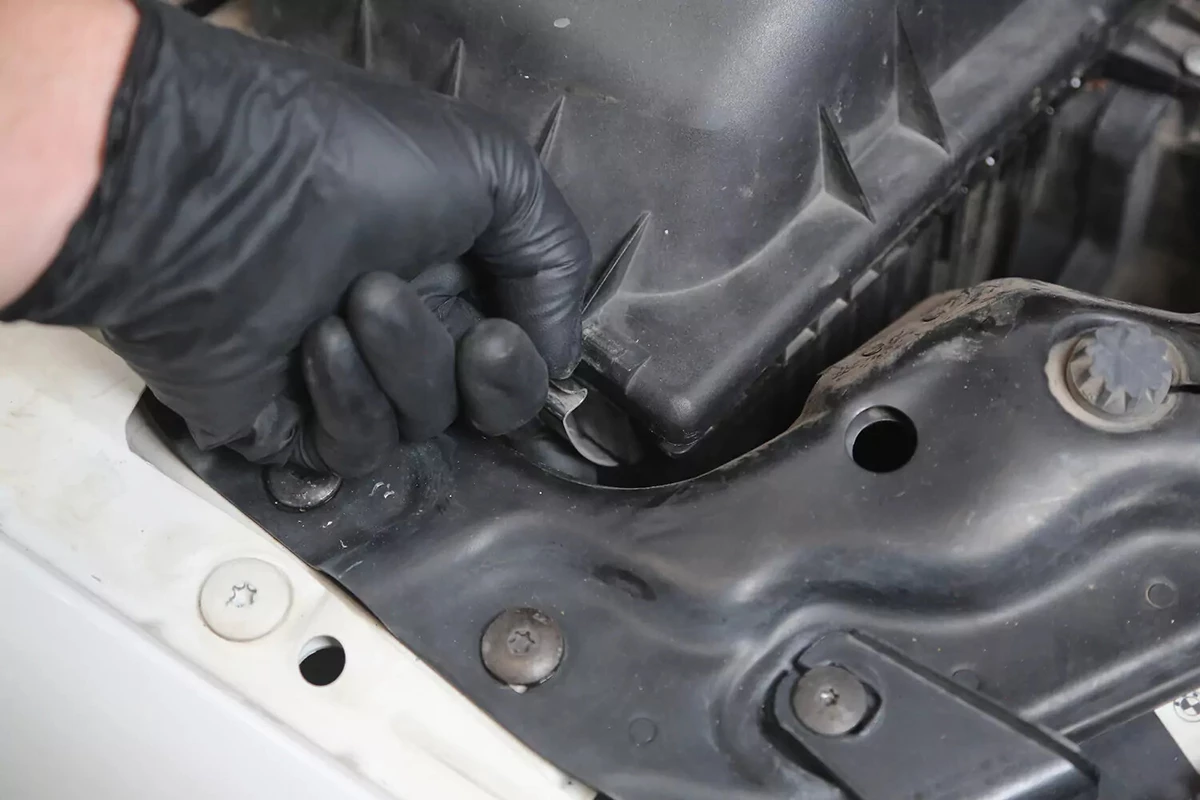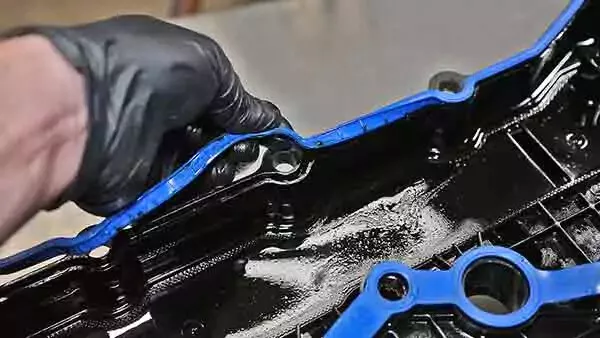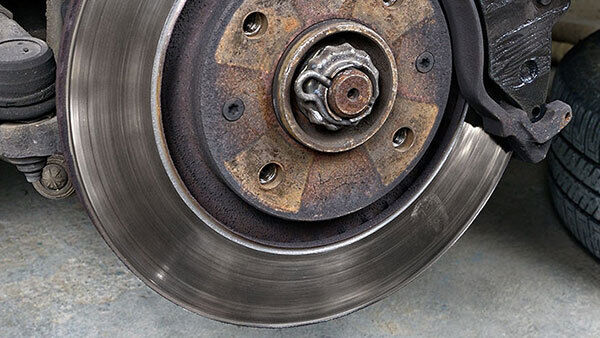Your vehicle’s engine needs three things to run: air, fuel, and a spark. Air is everywhere, but it is also full of dirt and contaminants that could harm your engine. Dirty air wears down the piston rings, cylinder walls, valves, and seals. It also gets into engine oil, which makes it abrasive to your bearings.
Your engine has one line of defense against these air contaminants: an engine air filter.
You should change your engine air filters every two years. That equates to between 15,000 and 30,000 miles. However, many owners go much longer than that, resulting in reduced performance, lower fuel economy, and increased engine wear. Change your air filter before it gets clogged.
Trick and Tips
- If you are unsure about your engine air filter’s condition, hold it up to the sun or a bright light. If you can see light through most of the filter, it can last longer. If it’s dark, replace it.
- Most air filters are one-time use. Toss the old one and replace it with a correct new filter.
- A reusable (cleanable) filter costs two to three times as much as a standard filter but, with periodic cleaning, it can last the lifetime of your car.
- You can usually change an engine air filter without tools, although some vehicles require a socket or screwdriver.

Most vehicles have only one air filter, but some have two. Check your vehicle’s owner’s manual for details about filter locations.
For most modern vehicles, the air filter is attached to the engine via a large round air tube. It typically resides in a large plastic housing (box) on one side of the engine bay.
You may need to remove a bracket, brace, or trim panel to access the air filter.

Most modern vehicles use spring clips or latches to secure the lid to the box holding the filter.
Pop the clip off the lid. There may be several clips.
Some vehicles use bolts or screws to secure the lid. These are more tedious to remove. After removing the fasteners, store them in a safe spot.

Lift up the lid to remove it. Some vehicles have hinged lids. Others, like our demo vehicle, use side tabs to secure the lid.

You might need to remove the lid from the air inlet tube to get the air filter out of the housing. If that’s the case for your engine, loosen the hose clamp to remove the tubing.

Lift the filter to remove it from the air box. Most filters have a rubber or foam seal around the edges.
Look inside the air box for debris like leaves. Use a damp rag and clean it.

Insert the new filter into the air box in the same orientation as the old one. Air filters are directional. Look for an arrow on the filter, indicating the air-flow direction.
The open pleats typically face the dirty side, and the dirty side is usually on the bottom. That allows dirt to fall out of the filter and drop inside the housing.

The filter should seat firmly into the air box without gaps, bulges, or puckered edges. If the filter is not seating properly, remove it and look for debris or pleats that are folded over the edge.
Note the slot tab at the back of the air box. The lid tabs must fully engage with this slot to close.

Attach the lid to the air box. Most housings use tabs. Make sure the tabs or alignment pins are fully engaged and that the filter is not pinched or out of position.
If the housing doesn’t close easily, realign it to close properly or remove anything in the way.

Use the original fasteners or clamps to lock the lid. Spring clamps as shown might require pressure to snap over the lid.
If your vehicle uses threaded fasteners, don’t over tighten them. Hand-tight is suitable.

If you loosened or removed the air inlet tubing, reattach and tighten the hose clamp.
Reset any dashboard messages about needing to replace your air filter.
Share your feedback
This article is meant to provide general guidance only. Automotive maintenance, repair, upgrade, and installation may depend on vehicle-specifics such as make and model. Always consult your owner's manual, repair guide for specific information for your particular vehicle and consider a licensed auto-care professional's help as well, particularly for advance repairs.

















































































